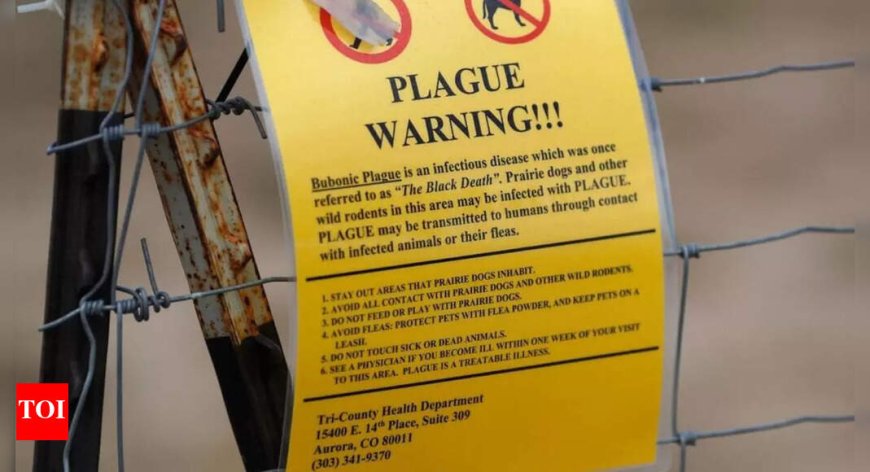Arizona resident succumbs to pneumonic plague: Facts about the disease
A resident of Coconino County in Northern America has passed away from pneumonic plague, a severe lung infection caused by Yersinia pestis. Learn about the symptoms, risk factors, and treatments of this rare disease.

Pneumonic plague is a severe lung infection caused by the bacterium Yersinia pestis. Unlike bubonic plague, pneumonic plague infects the lungs and can spread from person to person via respiratory droplets. Symptoms include fever, headache, shortness of breath, chest pain, and coughing. The disease progresses rapidly, and if left untreated, mortality is nearly certain within 18–36 hours.
The symptoms of pneumonic plague begin one to four days after exposure to the bacteria. Early symptoms include fever, headache, weakness, nausea, and a bloody or watery cough. Pulmonary symptoms include rapid breathing, chest pain, difficulty breathing, and cough with bloody or watery sputum. Diagnosis is by testing blood, sputum, or lymph node fluid.
Risk factors for pneumonic plague include flea bites carrying the bacteria, handling infected animals, and inhaling respiratory droplets from infected hosts. The disease can spread from person to person through coughing and sneezing, close contact with infected animals, or secondary infection from another part of the body. Rural western US areas like Northern Arizona, New Mexico, and Colorado are geographic hotspots for the disease.
Early treatment with appropriate antibiotics is crucial as untreated pneumonic plague is almost always fatal. Antibiotic therapy options include streptomycin, gentamicin, doxycycline, tetracycline, and chloramphenicol. Treatment must begin within 24 hours of symptom onset to prevent fatality. The case-fatality rate for pneumonic plague in the US since 1950 approaches 50%. Patients with suspected pneumonic plague should be managed in isolation under respiratory droplet precautions to prevent person-to-person transmission.
According to the source: Times of India.
What's Your Reaction?
 Like
0
Like
0
 Dislike
0
Dislike
0
 Love
0
Love
0
 Funny
0
Funny
0
 Angry
0
Angry
0
 Sad
0
Sad
0
 Wow
0
Wow
0






















































































































































































